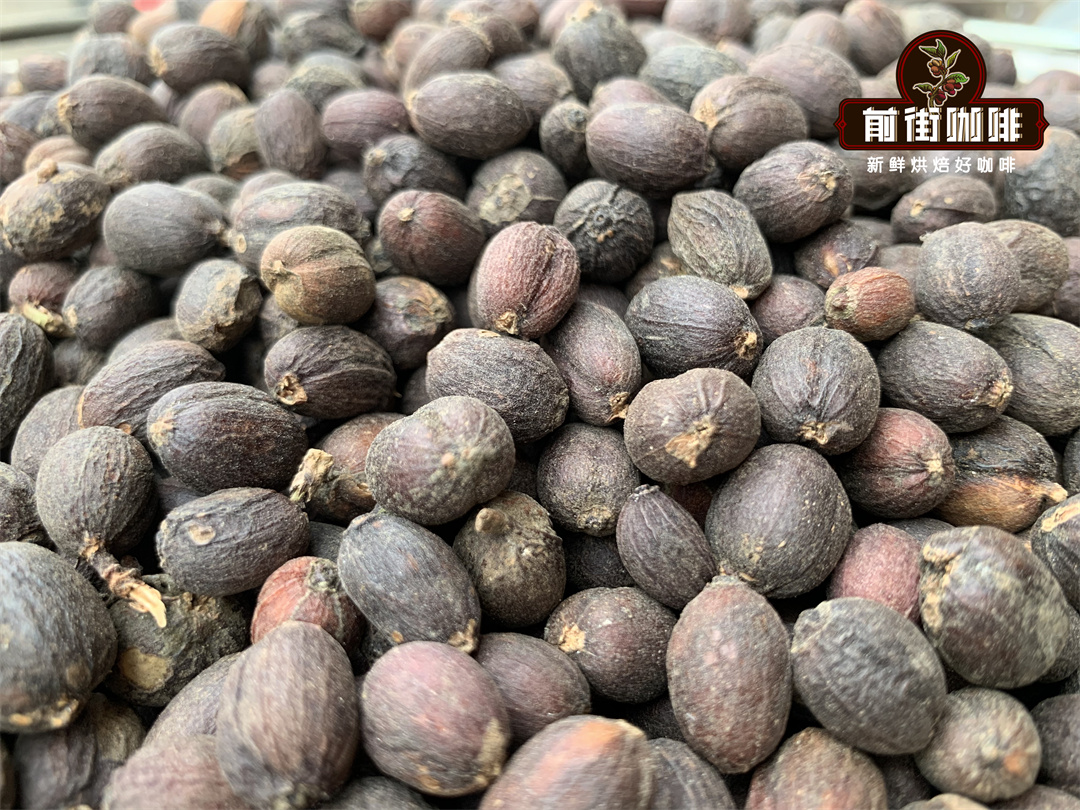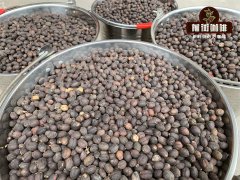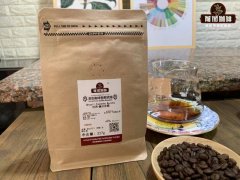How does the treatment affect the flavor and taste of coffee? the treatment will affect the chemical composition of coffee.
Why do sun beans taste different from water-washed beans? What makes the sweetness of honey handling coffee more obvious? The method of raw bean treatment has a great influence on the flavor, aroma and alcohol thickness of coffee, and it is also an important difference for many people to choose coffee beans.
The chemical changes that occur during the processing of coffee beans and how these changes affect the flavor in the cup. We can learn about it together.

The origin of coffee aroma and aroma
The taste and aroma of coffee develop during the roasting process. The flavor and aroma of coffee will be developed during roasting, and the aroma compounds will be transformed by many chemical reactions in raw coffee beans.
The degradation of monosaccharides and polysaccharides during baking produces sweetness and caramelized aromas. On the contrary, the degradation of hydroxycinnamic acid (a phenolic compound) produces the aroma of spices. Hydroxyl amino acids such as threonine and serine are converted into volatile compounds called pyrazine and pyrrole, which produce the unique smell of coffee roasting.
But what does all this have to do with how to deal with it? The treatment will affect the chemicals released from the raw beans when they enter the roaster, thus affecting the aroma of the coffee produced by roasting.
How Coffee treatment affects Chemical composition
The pulp of coffee fruit itself contains a lot of sugar. to put it simply, it is a way to remove seeds from the fruit. There are different traditional and innovative methods around the world, but coffee is usually treated by sun exposure or washing.
When using sun treatment, coffee will be directly exposed to the sun with belt meat. Washing will remove the pulp and peel before drying, while honey treatment is somewhere in between, that is, remove the pulp and peel of coffee before drying, but retain some pectin for treatment.
Treatment has an effect on flavor and aroma because of changes in sugar in the flesh left on sun-or honey-treated coffee, which significantly changes the chemical composition of raw beans. These changes will be reflected in the sweetness and mellow thickness of the final drink in the coffee. Let's take a closer look at what happens.
Sprouting
Coffee cherries are harvested when they are ripe, which means that the seeds inside are about to begin to germinate. Germination activates some enzymes and metabolizes polysaccharides-that is, natural sugars.
The researchers found that there was more enzyme activity in the washing process than in natural processing. This means that more free sugars and other compounds that are converted into aroma-producing compounds during baking are consumed in the washing process. It turns out that washed coffee is sharper than natural coffee. They have fewer aromatic compounds but higher acidity.
Ferment
Natural coffee is sweeter than washed coffee, largely due to the fermentation of sugar in the pulp. Both washed coffee and natural coffee undergo fermentation, but because the pulp has been removed, enzymes play a much less important role in washed coffee.
During fermentation, microbes change proteins, carbohydrates and chlorogenic acids. Precursors that produce more aromatic compounds in natural coffee. The result is not only sweetness, but also fruit, flowers and caramel in the last cup. In contrast, washed coffee is cleaner and shows more individual notes of specific coffee.
The honey treatment process includes removing part of the pulp so that the pectin around the coffee beans can be better fermented, which makes honey-treated coffee sweeter and more creamy and nutty than sun-cured coffee.
Fermentation has a great effect on taste, aroma and body, but it needs to be carefully controlled. Excessive fermentation will produce too much acetic acid and phenols, which will make the final cup bitter or sour. Due to the dense and diverse microflora in coffee, fermentation may be inconsistent and unpredictable.
Beans that go through longer germination periods and less fermentation may show worse results in the cup, and both shifts contribute to a good last cup.
Effect of treatment on baking
Therefore, we know that processing has an effect on the chemical composition of mung beans, but baking converts these chemicals into aroma-producing compounds. It is important to consider the processing method when baking.
Naturally processed coffee preserves more sugar, which makes them more sensitive to calories during roasting. Simple sugar molecules can degrade quickly during baking and produce unpopular burning spices. This means that the baker needs to be more careful with the baking curve, especially in the early stages of baking.
Important Notice :
前街咖啡 FrontStreet Coffee has moved to new addredd:
FrontStreet Coffee Address: 315,Donghua East Road,GuangZhou
Tel:020 38364473
- Prev

How are coffee beans graded? what is the basis for the grading of coffee beans in various countries?
"boutique coffee" is defined as coffee beans with an international rating of more than 80 points, and each country has its own classification, usually based on the defect rate as the difference between each grade. Then the grading of coffee beans will be affected by what factors, which can be measured from the coffee particle size, the number of defects, growth altitude, hardness, cup test results. Essence
- Next

Semi-washing and complete washing in Brazil Super sun-dried beans and honey-prepared beans in Brazil
In Brazil, coffee cherries during the May harvest have already emitted a rich ripe aroma and need to be picked urgently. The harvest season will last until the end of August. 35% of the fresh coffee fruit is harvested by machine, while the remaining 65% is done by hand. It is the perfect balance of machine technology and handwork that ensures the highest quality of the coffee cherries picked. Brazil is blessed by nature.
Related
- What is the meaning of lactic acid fermentation with coffee bean treatment?
- How to judge the state of foam by sound?
- How does the latte pull out the unicorn pattern? Come to get for a little trick to improve the flower pull!
- Will flower pulling affect the taste of the latte?
- Do you know the history of coffee?
- The difference between honey treatment and sun washing what is raisin honey treatment?
- What kind of milk can a novice use to make coffee foam to keep the foam longer? The correct method and skills of milking tutorial sharing
- Why do washed coffee beans taste sour? Flavor characteristics of washed Coffee
- Introduction to the skill of how to practice the size and height of water injection around the circle of hand-brewed coffee
- How do beginners practice coffee flower drawing from scratch?

